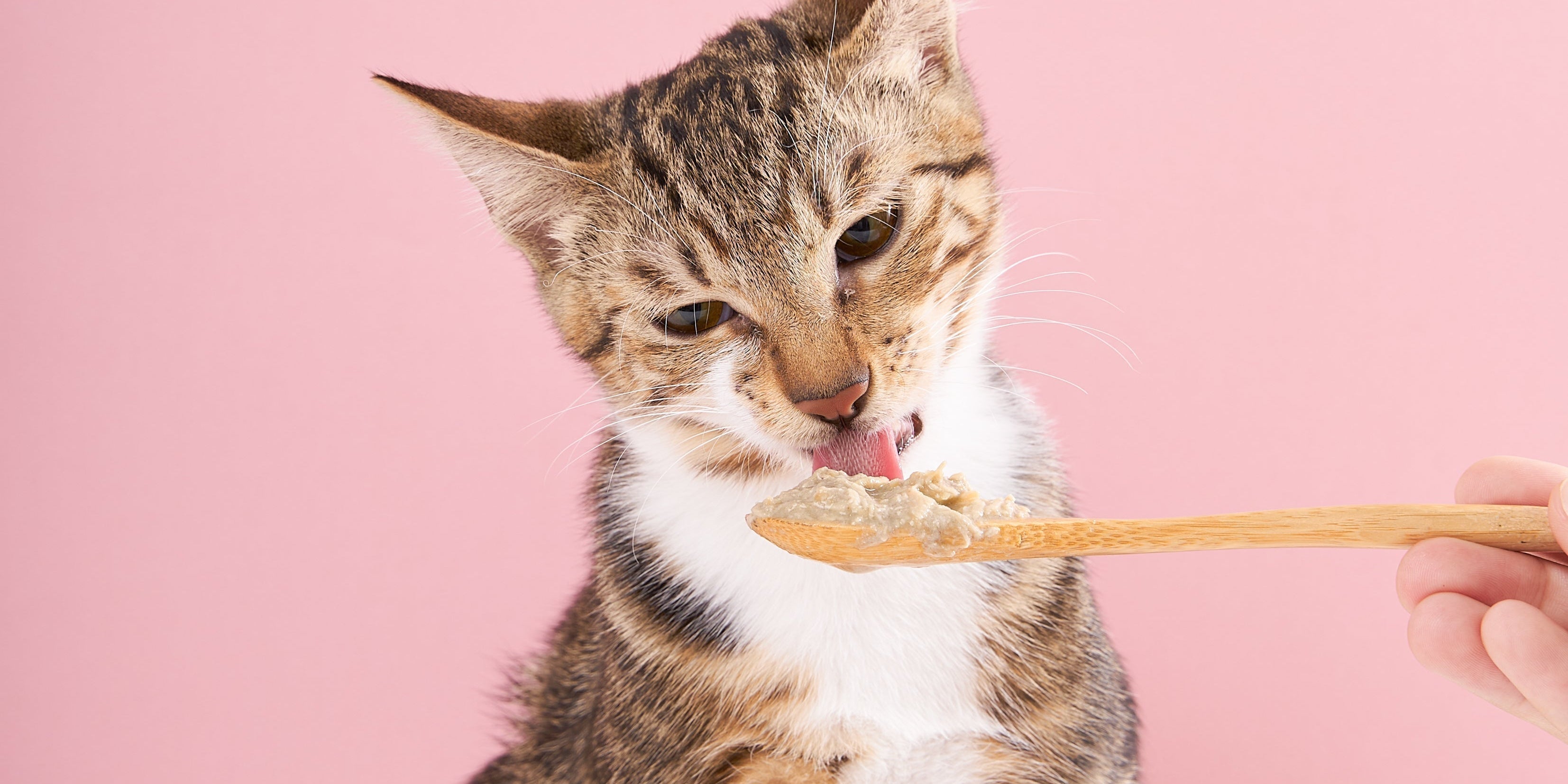How to Feed Your Cat Right
Feeding your cat may seem straightforward — scoop some kibble, refill the water bowl, and you're done. But ensuring your feline friend receives the proper nutrition is more nuanced than that. From understanding a cat’s unique dietary needs to making informed choices about commercial pet food, this guide will help you build a foundation of health and wellness through the food you provide.
Understanding Your Cat's Natural Dietary Needs
Cats are obligate carnivores, which means they require nutrients found only in animal tissue. Unlike omnivores like dogs (or humans), cats lack the digestive enzymes to properly break down plant-based ingredients for essential nutrients.
Key nutrients cats need from meat include:
-
Taurine – essential for heart and eye health.
-
Arachidonic acid – a fatty acid found only in animal fats.
-
Vitamin A – cats can’t convert beta-carotene from plants into Vitamin A like humans can.
-
High protein content – their bodies thrive on protein-rich meals.
Feeding your cat right starts with recognizing that meat is not just an ingredient — it’s the foundation of their health.
Wet Food vs. Dry Food: Which Is Better?
Both wet and dry cat food have benefits and drawbacks. The best choice often depends on your cat’s individual needs and your lifestyle.
Dry Food (Kibble)
-
Convenient and long-lasting.
-
Usually more affordable.
-
Helps with dental abrasion (though not a substitute for dental care).
-
Often lower in moisture.
Wet Food (Canned or Pouch Meals)
-
Higher moisture content helps with hydration — especially important since cats are naturally low water drinkers.
-
Often more palatable to picky eaters.
-
Closer in texture and composition to a cat’s natural prey diet.
Tip: Many veterinarians recommend a mixed feeding approach — offering a combination of wet and dry food to give your cat variety and balance.

